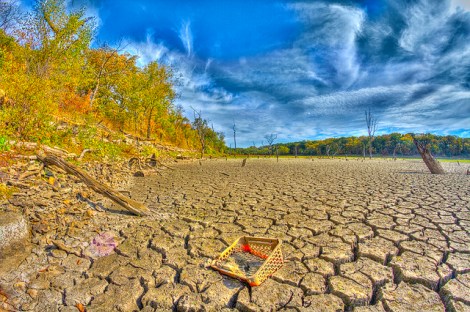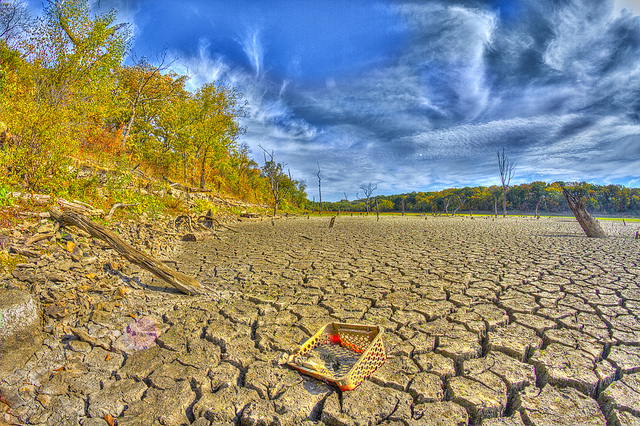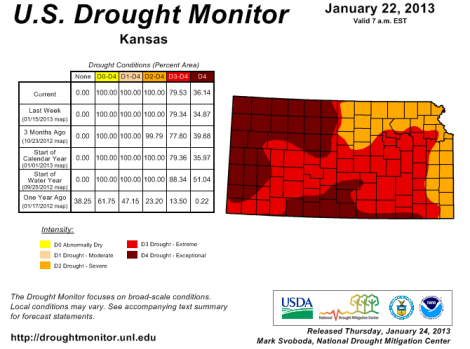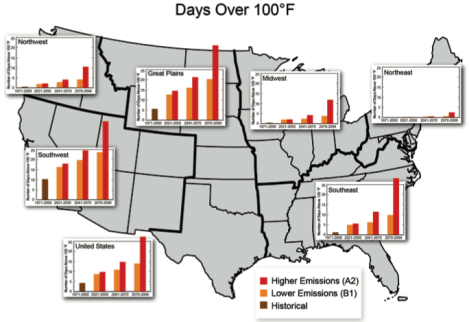We get so caught up in the economic damage wrought by Sandy that we forget the damage done by last year’s other major environmental crisis in America: the drought. Last year’s record dryness spurred a massive increase in crop insurance claims here — but extreme weather events dropped crop yields in other countries as well. The end result was the most expensive year in history for insurers.
From Bloomberg:
Global crop insurance claims were the highest ever last year after drought cut yields in the U.S., historically the biggest grower of corn and soybeans.
Claims worldwide were worth about $23 billion in 2012, with $15 billion going to growers in the U.S., said Karl Murr, who heads the agriculture unit at Munich Re, the world’s biggest reinsurance company. About 85 percent of farmland is insured in the U.S., compared with 20 percent globally. …
As of Jan. 21, U.S. farmers had collected about $12.35 billion in insurance claims since the marketing year began, surpassing the $10.84 billion at the same time a year earlier, according to the U.S. Department of Agriculture’s Risk Management Agency.

Patrick EmersonDry lakebed near Stull, Kan.
That $15 billion is actually slightly less than was projected a few weeks ago, but still massive. Other countries experienced similar weather-related crop disasters, pushing the global bill into record territory.
Dry weather also damaged crops in the past season in Russia, Kazakhstan, Ukraine, Argentina and Brazil, while Poland suffered from a cold snap and the U.K. had its second-wettest year on record. Flooded fields probably cost British farmers about $2.1 billion (1.3 billion pounds) in damage, much of which wasn’t insured, Murr said.
The drought in the U.S. continues. Yesterday, Reuters reported that the drought-stricken area in Kansas expanded over the last week. The entire state is experiencing severe drought conditions.
Kansas is generally the top U.S. wheat-growing state, but the new crop planted last fall has been struggling with a lack of soil moisture. Without rain and/or heavy snow before spring, millions of acres of wheat could be ruined.
But a new climatology report issued Thursday showed no signs of improvement for Kansas, or neighboring farm states. …
Kansas typically makes up nearly 20 percent of the total U.S. wheat production with a production value that hovers around $1 billion.
But many farmers worry this year that a severe shortage of soil moisture will decimate production.
If that happens, insurers — namely, the Department of Agriculture — will again need to step in to provide economic support to farmers. And this drought, the worst in almost 80 years, is only the beginning of what the Plains states can expect over the next century as the country gets hotter.





